Now available: Juniper homes entering the market
Grow Community is pleased to announce 2- and 3-bedroom condominium units in the Juniper building are now entering the market for the first time.
Each unit offers the full range of quality construction, fine appointments and planet-friendly, energy-saving features buyers have come to expect from Washington’s largest planned-solar community.
These beautifully designed, ultra-efficient homes boast Bosch appliance packages, quartz counters, floor-to-ceiling windows, all-home circulation and heat recovery, and efficient low-flow fixtures.
Rooftop solar offsets utility costs and provides a refund to the homeowner each year.
All Juniper homes feature convenient, single-level living with bedrooms and active spaces on one level. Ground-floor garden homes open onto secluded outdoor patios, while second- and third-floor units offer spacious private decks.
A semi-private elevator provides access from underground parking and storage directly to your entryway.
The first three units are now open and available for showing:
Juniper Unit 104: A corner unit facing south onto the Grove, this 1,477 sf. home offers three bedrooms, 1.75 baths and an open, spacious living/dining area. An expansive private patio offers an additional 522 sf. of outdoor living, opening directly onto a community greenway. See photos and floorplan here.
Juniper Unit 201: This popular layout includes 2 bedrooms and 1.75 baths over 1,468 sf. of comfortable living space. A covered deck adds 98 sf. of year-round outdoor living with generous south views for family and guests. See photos and floorplan here.
Juniper Unit 303: Enjoy a birds-eye view of the Grove from the master suite of this 2-bedroom, 1,454 sf. unit. An open living/dining layout, ample walk-thru closet and 1.75 baths complement the many fine features. See photos and floorplan here.
More available units will be announced soon as they enter the market. Contact Joie Olsen at 206.452.6755 and visit Grow Community and the Juniper homes today.
Click here for more information on these homes.





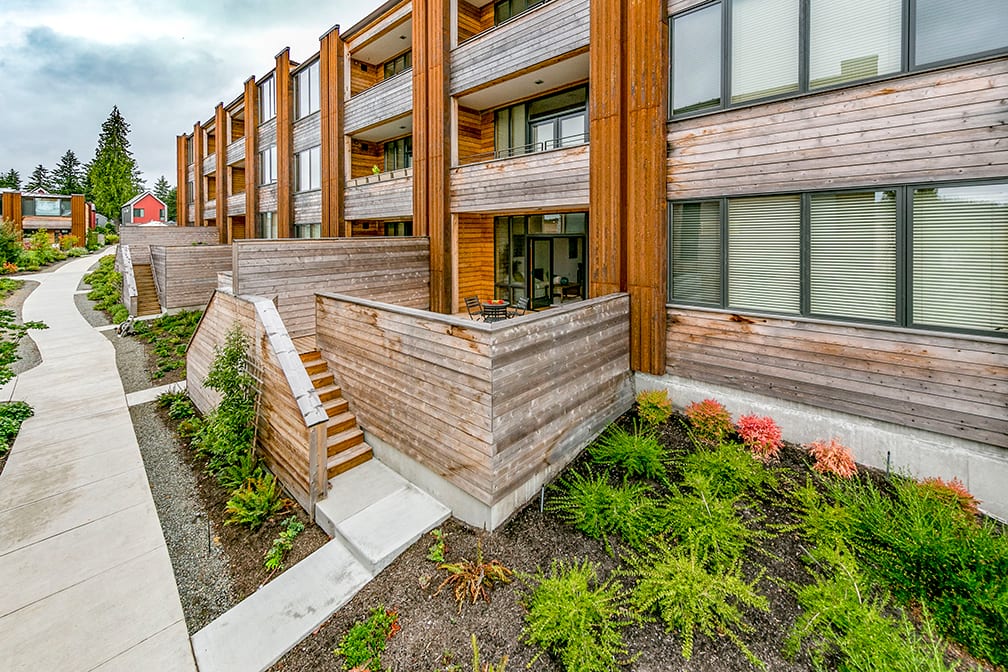


 Enjoy the quiet company of woodland trees and an orchard right outside your doors in the Grove; stroll the sprawling central green that gives the Park neighborhood its name. Altogether, sixty percent of these neighborhoods are dedicated to peaceful, inviting natural spaces. Parking is underground, reducing impervious surfaces and putting cars out of sight (where they belong).
Enjoy the quiet company of woodland trees and an orchard right outside your doors in the Grove; stroll the sprawling central green that gives the Park neighborhood its name. Altogether, sixty percent of these neighborhoods are dedicated to peaceful, inviting natural spaces. Parking is underground, reducing impervious surfaces and putting cars out of sight (where they belong).
 Grow Community is the largest solar community in Washington, with every single-family home and duplex powered by photovoltaics, and rooftop solar on many townhomes and condominiums. Solar arrays are offered as a buyer’s option on every home including multifamily. And going solar has never been simpler. With today’s strong financial incentives, your solar array will keep your power bill low and even put money in your pocket, just for doing your part for a cleaner planet.
Grow Community is the largest solar community in Washington, with every single-family home and duplex powered by photovoltaics, and rooftop solar on many townhomes and condominiums. Solar arrays are offered as a buyer’s option on every home including multifamily. And going solar has never been simpler. With today’s strong financial incentives, your solar array will keep your power bill low and even put money in your pocket, just for doing your part for a cleaner planet. Everything your family needs for a healthy, happy lifestyle is within easy distance of Grow Community. Local merchants and grocers, the library, fine cafes and coffee shops, theaters and museums, parks, health clinics and schools … you can reach it all without ever getting behind the wheel. We call it the “5-minute lifestyle,” and it’s just one of the features that makes Grow such an attractive choice for homebuyers seeking a simpler way of living.
Everything your family needs for a healthy, happy lifestyle is within easy distance of Grow Community. Local merchants and grocers, the library, fine cafes and coffee shops, theaters and museums, parks, health clinics and schools … you can reach it all without ever getting behind the wheel. We call it the “5-minute lifestyle,” and it’s just one of the features that makes Grow such an attractive choice for homebuyers seeking a simpler way of living. Harvest your tomatoes and take the extras next door. Read a book under a tree and see who stops to say, “Oh, you’ll love the ending!” Or just take a quiet stroll down a neighborhood path and bump into someone new. Grow Community is designed to promote serendipity, the unexpected meeting, the little connections from which lifelong friendships spring. Grow a community together, and get as involved as much (or as little) as you want.
Harvest your tomatoes and take the extras next door. Read a book under a tree and see who stops to say, “Oh, you’ll love the ending!” Or just take a quiet stroll down a neighborhood path and bump into someone new. Grow Community is designed to promote serendipity, the unexpected meeting, the little connections from which lifelong friendships spring. Grow a community together, and get as involved as much (or as little) as you want. The neighborhoods at Grow have intergenerational living at their heart – because a true community should be as welcoming to a 73-year-old as it is to a 3-year-old. In the Grove and the Park neighborhoods, 60 percent of the homes offer single-level living with elevator access to front entries, while the community spaces invite interaction and sharing between generations year-round. And accessibility extends beyond the neighborhood. You’re just a few minutes from downtown amenities like shops, restaurants and theaters – even ice cream.
The neighborhoods at Grow have intergenerational living at their heart – because a true community should be as welcoming to a 73-year-old as it is to a 3-year-old. In the Grove and the Park neighborhoods, 60 percent of the homes offer single-level living with elevator access to front entries, while the community spaces invite interaction and sharing between generations year-round. And accessibility extends beyond the neighborhood. You’re just a few minutes from downtown amenities like shops, restaurants and theaters – even ice cream.




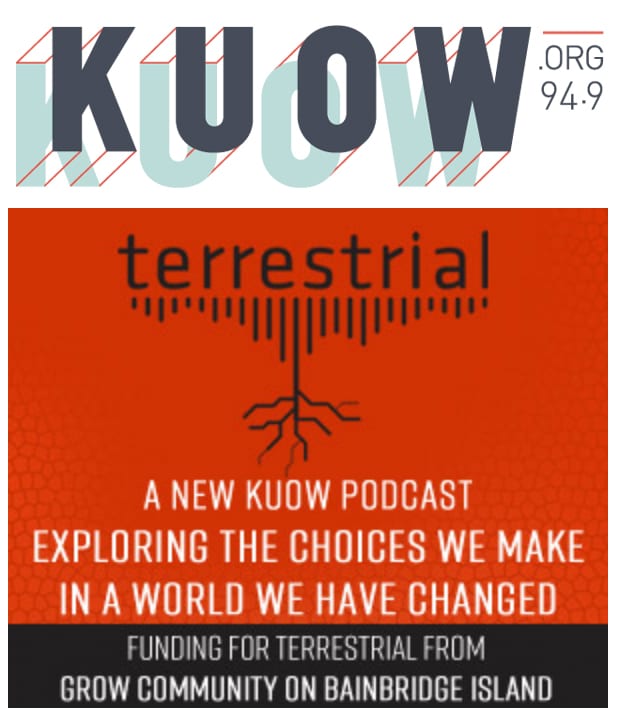 Grow Community is all about making smart choices for the Earth – how we build and how we live. Now we’re proud to sponsor the new podcast “terrestrial” on local radio station KUOW, exploring “the choices we make in a world we have changed.” Host Ashley Ahearn travels the country — from ranches in Oregon to churches in Colorado — to bring listeners stories about people making personal choices in the face of environmental change.
Grow Community is all about making smart choices for the Earth – how we build and how we live. Now we’re proud to sponsor the new podcast “terrestrial” on local radio station KUOW, exploring “the choices we make in a world we have changed.” Host Ashley Ahearn travels the country — from ranches in Oregon to churches in Colorado — to bring listeners stories about people making personal choices in the face of environmental change.

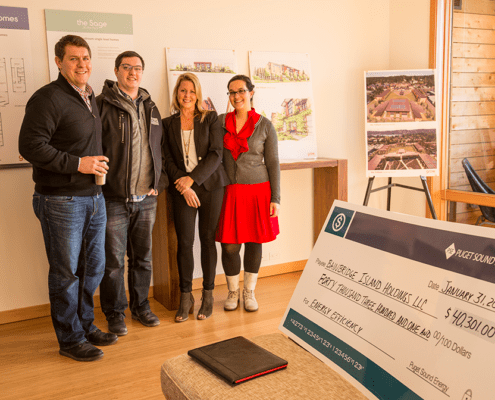
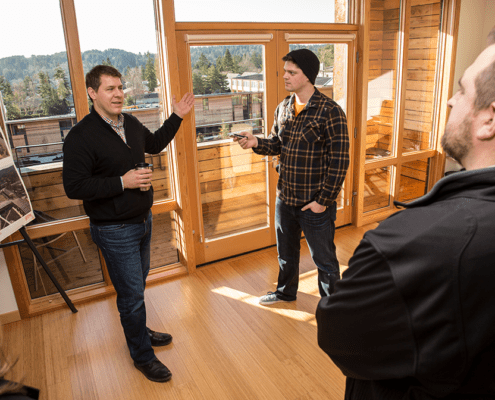










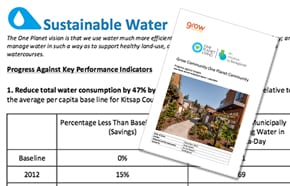 Did you know:
Did you know: